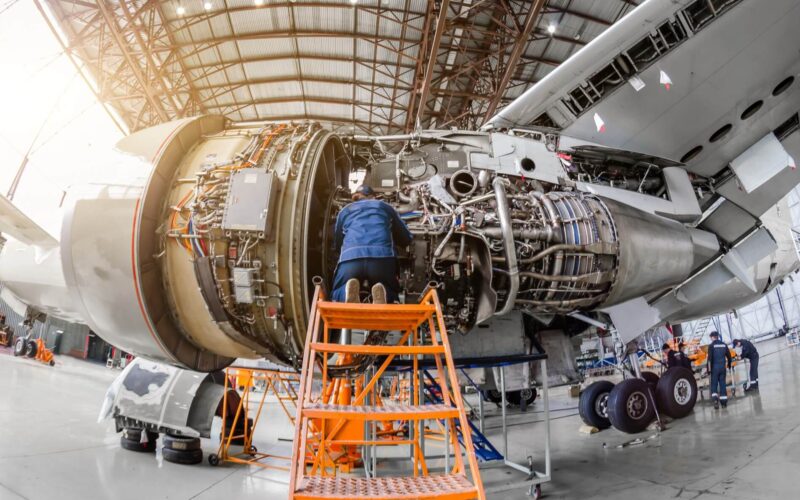This article was written and published by Oliver Wyman. This article is based on the Oliver Wyman Global Fleet and MRO Forecast for 2020-2030. Please note that it was last updated on July 31, 2020.
It is difficult to overstate the effect of the COVID-19 pandemic on commercial aviation. In the months since the new strain of coronavirus that causes COVID-19 first emerged, passenger air travel has come to a near standstill as a result of the need for social distancing and international travel restrictions to contain its rapid spread.
Air carriers around the world are facing extreme financial pressures and are cutting capacity at unparalleled rates in the absence of meaningful passenger demand. Some airlines have shut down completely, a portion of these may never return. There’s an effort to reopen the economy and Transportation Security Administration statistics are showing a slight move upward in the number of travelers screened at airports, but ticket sales took a hit in late June after COVID-19 cases surged in the United States.
Aircraft Return To Service But Who’s Flying?
Thanks to the relentless coronavirus pandemic, airlines still face challenges from a patchwork economic recovery. One of the biggest is deciding how much capacity to bring online. After pulling almost 70% of the global fleet out of service between January and early April, carriers now may be erring on the other side — putting too many planes back online before reliable demand materializes.
For airlines in Asia, adding back aircraft reflects developing demand for domestic travel. But putting planes back into service isn’t always tied to demand. For a few airlines, the decision to boost capacity reflects efforts to grab market share during this precarious period. And for many others, bringing back older planes allows them to defer, or even cancel, new aircraft orders and save precious cash.
Reading the direction of the market correctly is trickier than ever, with new COVID-19 outbreaks in regions where the virus was believed contained and with large economies considering new restrictions. In the United States, the recent re-opening of economies in Southern and Western states led to a surge in COVID-19 cases — even greater than what was experienced in April. What people expected to kickstart growth ended up putting the brakes on the early stages of a recovery in air travel demand. In mid-June — normally the early days of a busy summer travel period — US ticket sales dipped in response to surging numbers of COVID cases in several large states. This reversed some gains made earlier in the spring. By mid-July, sales were 81% down from the same week in 2019.
As of July 10, the global in-service fleet stood at about 19,200 aircraft versus the peak of almost 28,000 in early January — before the world became aware of COVID-19. That new fleet total reflects decisions by airlines to bring back some 9,800 planes in late spring when many believed the world might be out of the woods on the pandemic. At its worst, the fleet had been pared down to 12,724 planes, while over 18,000 had been sent to storage over a period of only a few months.
Regions diverge
Given that some regions of the world have been emerging from the COVID-19 curse sooner than others, their airlines have been more aggressive restoring planes to service. For instance, in response to rising domestic air travel numbers, Chinese airlines have put back into service 91% of the aircraft they sent to storage, meaning the fleet is quickly approaching pre-COVID levels. But while demand has revived, there are new viral outbreaks that the Chinese government will have to contain to keep business growing.
In contrast, North America — a region that has not contained the virus yet — has restored only 46%. Even so, the region’s aircraft are seeing very low utilization, given the uncertain conditions and sporadic demand.
Most aircraft returning to service are narrowbodies. This reflects their current popularity with airlines because of cost efficiency. They also tend to dominate domestic travel, which is the first market segment that is showing signs of recovery. In contrast to widebodies, there have also been significantly fewer announcements on early narrowbody retirements by airlines.
But with all these planes moving back into service, where’s the demand. Based on Oliver Wyman modelling, domestic air travel won’t match 2019 levels until mid-2022. International travel is not expected to match 2019 totals until mid-2023.
Bottom line on MRO spending
The outlook is better with 2020 spending on maintenance, repair, and overhaul now expected to reach $50.3 billion, that represents 55% of the $91.2 billion that was expected pre-COVID. In May, the outlook for spending was only $42.7 billion.

